
Dogs
The Hungarian vizsla, also referred to as the Hungarian pointer, Magyar vizsla, and the Drotszorn Magyar vizsla, was a favored breed of the early Hungarian nobility. An old and dignified breed, today's vizsla is an excellent representative of the first vizsla.
The Hungarian vizsla is considered an ancient breed. The exact date of origin and history are unknown, but writings and etchings of the breed indicate the dog (or one similar) is at least 1,000 years old
Vizslas were well matched to the type of weather conditions and game of the Hungarian plains. They were very popular as bird dogs and were used for hunting, pointing and falconry. They were also family companions.
After World War I, the vizsla had become almost extinct, but Hungarian immigrants brought the breed to North America in the 1930s. Today, the vizsla is a popular gun dog in Canada and elsewhere, but his primary role is that of a companion. The AKC first registered the vizsla in 1960.
The vizsla's rust or dark yellow colored hair coat can be smooth or wiry. His eyes are a deeper color than his fur. His body is stocky and well muscled. The vizsla's tail is usually docked to about 30 percent of the original length.
Vizslas have large heads with squared muzzles and large brown noses. The ears are thin, silky and long. Vizslas have a very distinguished look about them. The strong body and broad chest make for a confident stance.
The vizsla ranges in weight from 48 to 66 pounds. They stand between 22 and 25 inches at the shoulder.
Vizslas are trustworthy companions. They are loyal and gentle, but have lots of energy. They have a superior hunting ability, but are not good kennel dogs. They love to socialize with the family, and enjoy playing games or just hanging out on the couch.
Vizslas are exceptionally friendly. They take to children and guests, but love to be close to their owner.
When bored, vizslas love to dig. They also like to mouth everything they come into contact with. Be wary of leaving things lying around, your vizsla may cover it with slobber.
Vizslas make wonderful family pets. They can live in apartments if they have daily exercise and lots of attention. They get along well with other animals and children.
Hungarian vizslas are ready to please. Their high intelligence makes them an easily trainable pet. They are great hunters; they love to point and retrieve. They excel in agility, field trials, and search and rescue.
Vizslas do require daily exercise and entertainment; they will get destructive if bored.
These dogs have the ability to jump very high, so a fence that is at least 6 feet tall will be required to keep them in bounds.
Some vizslas are sensitive to some anesthetics and drugs. Always check with your veterinarian before beginning any new therapies with your vizsla.
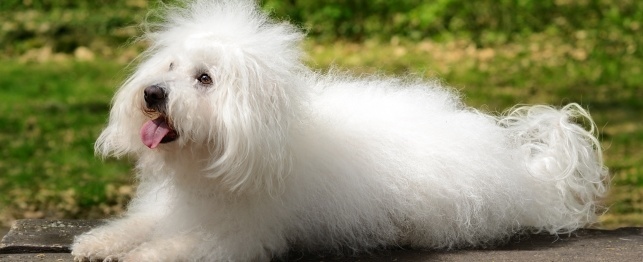 Bolognese - Choosing a Bolognese - Dog Breeds
Bolognese - Choosing a Bolognese - Dog Breed
Bolognese - Choosing a Bolognese - Dog Breeds
Bolognese - Choosing a Bolognese - Dog Breed
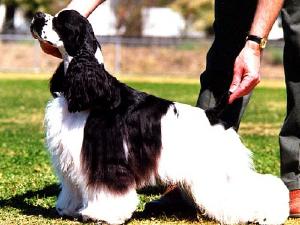 American Cocker Spaniel
American Cocke
American Cocker Spaniel
American Cocke
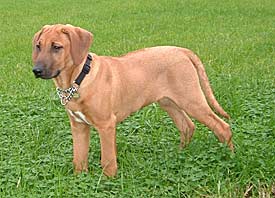 Rhodesian Ridgeback
Rhodesian Ridg
Rhodesian Ridgeback
Rhodesian Ridg
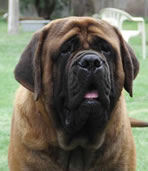 Mastiffs: A guide to dogs and puppies of the Mastiff breed
The Mastiff!
A weighty breed, the Mastiff, also known as th
Mastiffs: A guide to dogs and puppies of the Mastiff breed
The Mastiff!
A weighty breed, the Mastiff, also known as th
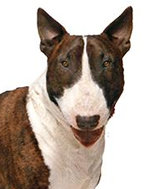 Bull Terriers: A guide to dogs and puppies of the Bull Terrier breed
The Bull Terrier!
A typical Bull Terrier is active, interes
Bull Terriers: A guide to dogs and puppies of the Bull Terrier breed
The Bull Terrier!
A typical Bull Terrier is active, interes
Copyright © 2005-2016 Pet Information All Rights Reserved
Contact us: www162date@outlook.com